Have you ever wondered why some animals have backbones while others don’t? The answer lies in their evolutionary history.
Animals with backbones include reptiles, birds, fish, amphibians, mammals and even insects. They all share a common ancestor, which means they evolved from a single species.
Which animals have backbones?
List of animals with backbones :
- clownfish
- goldfish
- neon tetra
- Salmon
- Frogs
- toads
- salamanders
- Lizards
- snakes
- Crocodiles
- turtles
- dolphins
- Porpoises
- whale
- human
Table of Contents
Fish with backbones :
clownfish
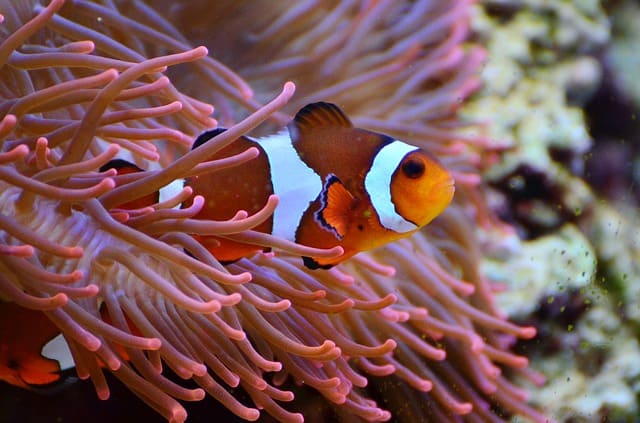
Clownfish are known for their ability to change colors. They also have a unique way of communicating with each other. How does this happen?
Clownfish have a backbone, and they use it for walking around. They also have a small brain at the back of their head which controls their movement. The front part of their body has fins, but they don’t swim like other fish do. Clownfish are often found near coral reefs and salt water, and some species live in freshwater.
The clownfish is a type of fish found in tropical waters around the world. These colorful creatures are often seen swimming together in schools. Their bright colors allow them to blend into their surroundings and camouflage themselves from predators.
Clownfish communicate using chemical signals called pheromones. When they sense danger, they release these chemicals to warn their fellow clownfish. This allows them to coordinate their movements and escape predators.
goldfish
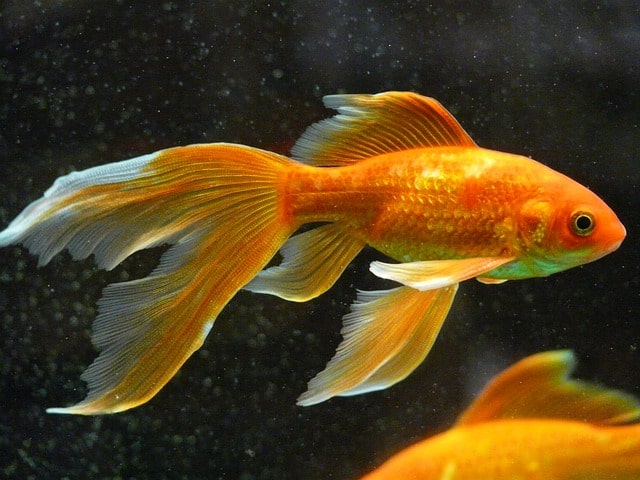
A goldfish has no spine. Does that mean they don’t have bones?
Goldfish are freshwater fish native to Asia. They are often kept as pets because they are very docile and peaceful. Goldfish are also known for their bright colors and ability to live long lives.
Goldfish are vertebrates, which means they have backbones. They also have gills, eyes, fins, and scales. The vertebrae (spinal column) are located at the base of the tail fin. This structure helps support the body and provides protection from injury.
A goldfish is a fish that belongs to the class Osteichthyes, which means “bony fishes.” The first vertebrates were fish like sharks and rays, which had skeletons made of cartilage instead of bone. These animals evolved into amphibians, reptiles, birds, mammals, and eventually humans.
neon tetra
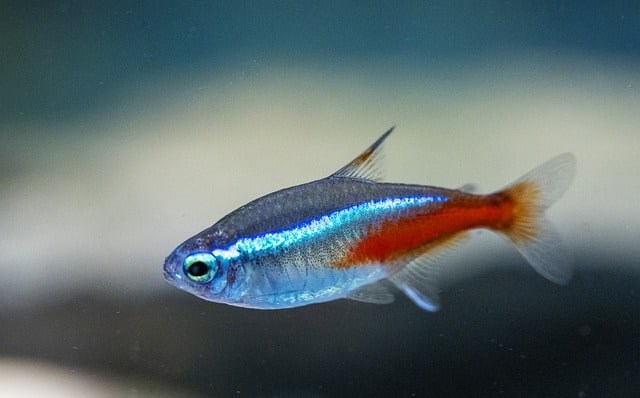
The structure of a neon tetra fish is similar to other tropical fish. They have four fins, two dorsal fins, one anal fin, and three pectoral fins. Their body has a long tail, which they use for swimming. Their eyes are located at the front of their head.
Neon tetras do have a backbone, but they don’t have one that is visible. The backbone is located inside the fish and connects all of the bones together.
Tetra means four, and vertebrate means having backbones. So, neon tetras are vertebrates, which means they have backbones.
The average lifespan of a neon tetra is about 10 years. However, some fish live for up to 2 to 3 years .
Salmon

Salmon is a fish which belongs to the order Perciformes, class Chondrostei, subclass Acanthopterygii, superorder Ostariophysi, family Salmonidae, genus Salmo, subgenus Salvelinus, species Oncorhynchus keta, and variety Keta.
Salmon do have a backbone. They also have bones, which help them hold up when they jump out of water. However, they don’t have vertebrae like humans do.
The salmon has a head, body, fins, gills, tail, and scales. A salmon’s body is made up of three sections: the dorsal fin, which runs along the back of the fish; the pectoral fin, located at the base of the front of the fish; and the pelvic fin, which is located at the rear of the fish.
Amphibians with backbones :
Frogs
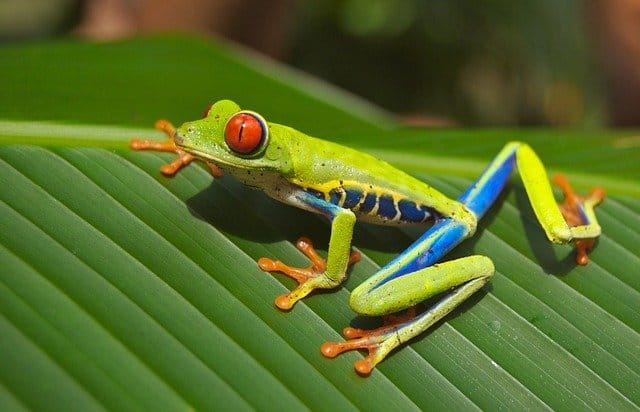
Frogs do have a backbone. They also have a spine which helps them stand up straight. The word “spine” comes from the Latin word “spina,” meaning “a rod.”
A frog is a vertebrate because it has a backbone. Vertebrates include humans, fish, amphibians, reptiles, birds, mammals and other creatures. They all share a common ancestor called the last common ancestor. This means they all evolved from a single species of animal.
The structure of a frog is basically like a human body. It has two legs at the front and four legs at the back. The head sits between the two front legs. A frog’s eyes are located on top of the head. Frogs are amphibians and they breathe through their skin. They also have gills for breathing underwater.
toads

The spine of a toad is called the vertebral column, which has 28 bones. This structure allows them to move through the water easily.
A toad is a vertebrate because it has a backbone, four limbs, and a spinal cord. Vertebrates also have a skull and a brain. They breathe air through lungs, eat food, and have blood vessels.
Toads are amphibians, which means they live both in water and on land, they are cold blooded animals. Finally, they are vertebrates, which means they possess backbones.
Toads are animals that live underground, they eat insects, and are native to Australia. The toad has two pairs of legs, and four eyes. They lay eggs in the ground, which hatch after about 2 months. Toads grow up to be adults in about one year.
salamanders

A salamander is a vertebrate, which means it has a backbone and spinal cord. Salamanders are amphibians, meaning they live both in water and on land. They are cold blooded animals.
Salamanders have a vertebral column just like us humans. They also have ribs, lungs, stomachs, eyes, ears, mouth, tongue, brain, heart, liver, kidneys, and skin. However, they don’t have hands or feet.
The salamander has two long front legs and four short back legs. Salamanders live in water, which they breathe through gills located on their backs. They also have a tail at the end of their body.
Reptiles with backbones :
Lizards
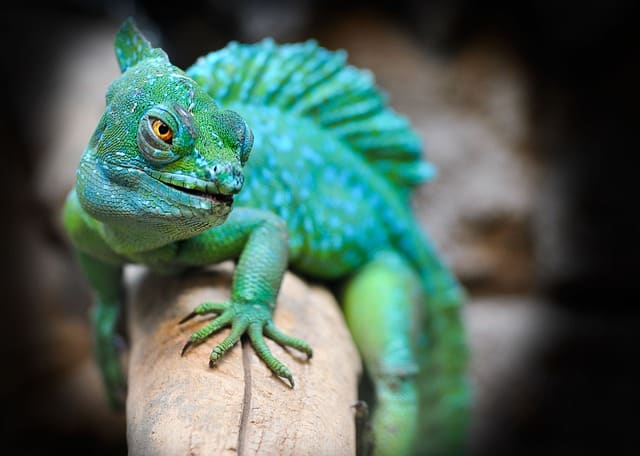
Lizards are reptiles that belong to the order Squamata. They are characterized by having four legs and two rows of teeth in each jaw. The first true lizards appeared about 250 million years ago. Today, there are more than 2,000 species of lizards.
Lizards do have backbones, they just have vertebrae. Backbone refers to the spinal cord which connects the brain to the rest of the body.
Lizards have four limbs, two eyes, and a mouth. They also have scales, which are small plates of skin that cover the body. Their tail is covered with spines.
snakes
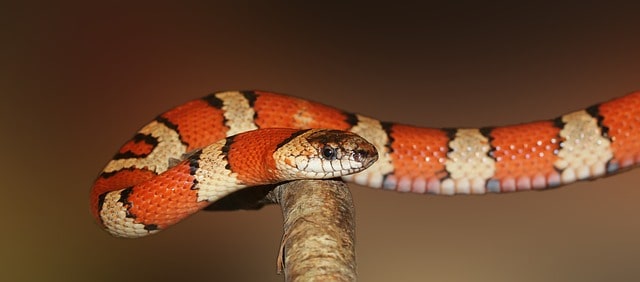
Snakes are reptiles, which means they are cold-blooded animals. They do not breathe through gills like fish, but instead use lungs to exchange oxygen and carbon dioxide. However, they still share some similarities with other vertebrates such as having bones, teeth, and a spine.
Snakes are vertebrates because they have a backbone and spinal cord. They also have four limbs, a brain, eyes, ears, and teeth.
The head of a snake is called the “cephalic” region, while the tail is called the “caudal” region. A snake has two pairs of lungs, one pair for respiration and another pair for gas exchange. Snakes have three types of teeth: incisors, canines, and molars. They also have four bones in each limb, which form the skeletal frame of the body.
Crocodiles

Crocodiles do have backbones and also have vertebrae. The vertebrae are made up of two parts: the centrum and the neural arch. The centrum is the main part of the vertebrae and contains the spinal cord. The neural arches connect the centra together.
A crocodile has two rows of teeth, which are arranged in a single row along each side of the jaw. The upper jaw contains 14 pairs of teeth, while the lower jaw has 12 pairs. Each tooth consists of a crown and root.
The crown is made up of enamel, dentin, cementum, pulp, and nerve endings. The root is made up of bone and connective tissue.
turtles

Turtles do have a backbone. They also have a shell, legs, eyes, ears, and a mouth. Turtles are reptiles that live in water and eat small fish, crustaceans, insects, and other aquatic animals.
Turtle is a kind of reptile which has four legs. They are aquatic animals that live in watery environments. Turtles can be found all around the world. Turtles are reptiles and they lay eggs. Reptiles are cold blooded creatures and they don’t need oxygen to survive and they breathe through their skin.
A turtle has four legs, two eyes, a mouth, and a shell. Turtles are reptiles that lay eggs, and they live in water. They have no neck. The name “turtle” comes from the Latin word tortus meaning twisted.
Mammals with backbones :
dolphins
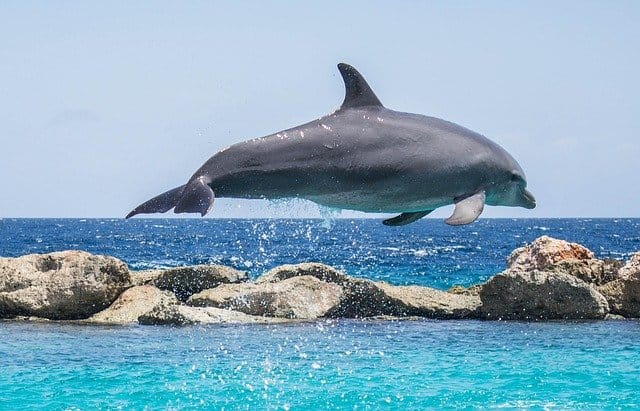
Dolphins are known for their intelligence and social skills. They also have some pretty cool anatomy. What makes them unique is their spine structure.
Dolphins have backbones, they are mammals, and they share a number of anatomical similarities with humans. Their bodies are covered in hair, and they breathe air through their lungs.
Dolphins have spines just like humans. The spine serves two functions, firstly it protects the spinal cord from injury and secondly it helps hold the vertebrae together. A dolphin’s back looks like a series of small bumps called tubercles which help the animal move around easily.
The structure of a dolphin is made up of three parts: head, neck, and body. The head contains the brain, eyes, ears, nose, mouth, and tongue. The neck is made up of two sections: the first section is called the dorsal fin, which is located at the back of the animal. The second section is called the ventral fin, which is located near the front of the animal. The body consists of four limbs, each ending in a flipper.
Porpoises
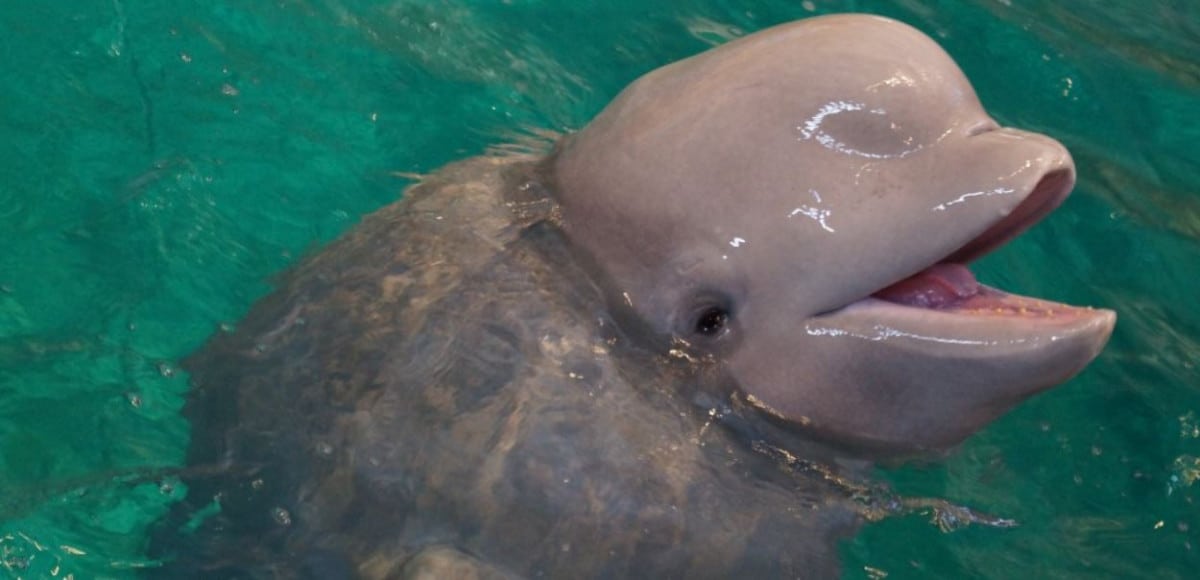
Porpoises are known for their long necks and big heads. They also have a very flexible spine, allowing them to swim upside down or even dive into water from great heights. How does this flexibility allow them to move around underwater without breaking their backs?
Porpoises are vertebrates. They are mammals belonging to the cetacean order (whales, dolphins, and porpoises). The word porpoise comes from Latin meaning “piglet”. These animals are found worldwide in warm waters.
Porpoise anatomy is unique compared to other marine mammal species. Their vertebrae are fused together, forming a single column of bone called the backbone. This allows them to bend their bodies in ways that no other animal can.
whale

Porpoises are mammals, which means they are both vertebrates and invertebrates. They are part of the cetacean order, meaning they belong to the group of animals called whales, dolphins, and porpoises.
Whales are vertebrates, which means they have backbones. They also live in an aquatic environment. Whales only live in the ocean water. They don’t live on land.
A whale has three parts, from the head down to the tail. The head is where the brain resides, followed by the neck, which connects the body to the head. At the end of the neck is the tail.
Read More : Animals Without Backbones !
human

A human has a backbone which is made up of bones. The spinal cord runs through the center of the spine. Because humans no longer have to carry around heavy loads, they do not need a strong backbone anymore.
A human has 206 bones in his/her body. The number of vertebrae varies from person to person, but usually ranges between 30 and 40.
Humans have bones. Bones are made up of calcium phosphate, which is found in all living organisms. Humans also have other types of bone tissue called cartilage, which makes up about 20% of our skeleton. Cartilage is used for shock absorption, and helps joints move smoothly.
